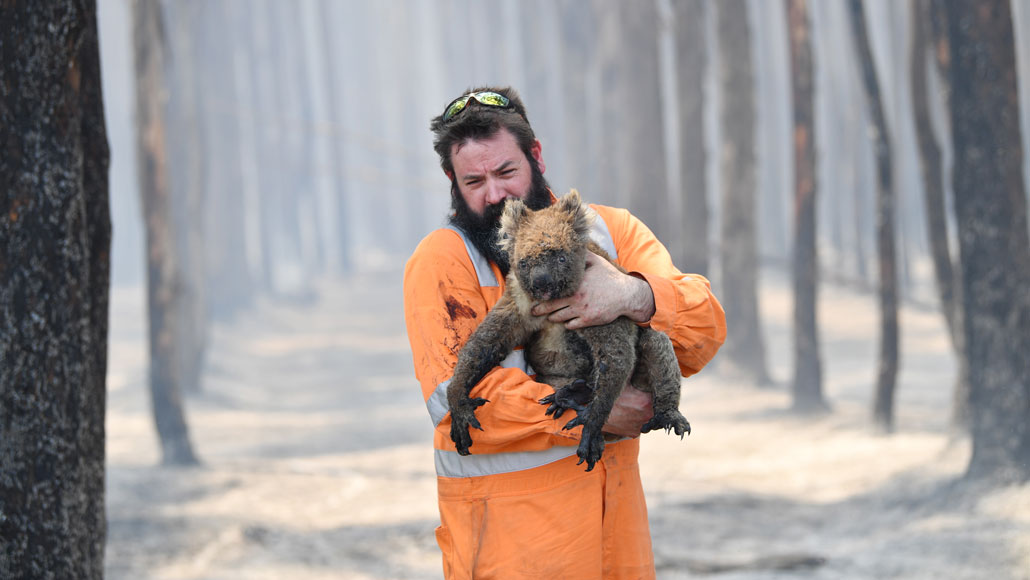
Wildlife rescuer Simon Adamczyk carries a singed koala from the smoldering remnants of gum forests on Kangaroo Island on January 7.
David Mariuz/EPA-EFE/Shutterstock
- More than 2 years ago
Until last week, the Kangaroo Island glossy black cockatoo was one of Australia’s conservation success stories. Thanks to a recovery program that began in 1995, its wild population increased from 150 to 400, and its status was downgraded from critically endangered to endangered.
Now it’s part of an unfolding horror story.
Fires have raged across nearly 50 percent of Kangaroo Island, a 4,400-square-kilometer isle off the coast of the state of South Australia, destroying the habitat of the great majority of the birds. It’s unclear how many glossy black cockatoos (Calyptorhynchus lathami halmaturinus) survived. For those that escaped the flames, food may be scarce; it eats the seeds of single tree species in its habitat, the drooping she oak.
Many years of hard work have gone up in smoke and “it’s a big step backwards for the recovery team,” says Daniella Teixeira, a conservation biologist at the University of Queensland in Brisbane, Australia, who has studied and worked to protect the birds for the last four years. Even if just a quarter of the population has been killed, the subspecies could end up back on the critically endangered list, she says.
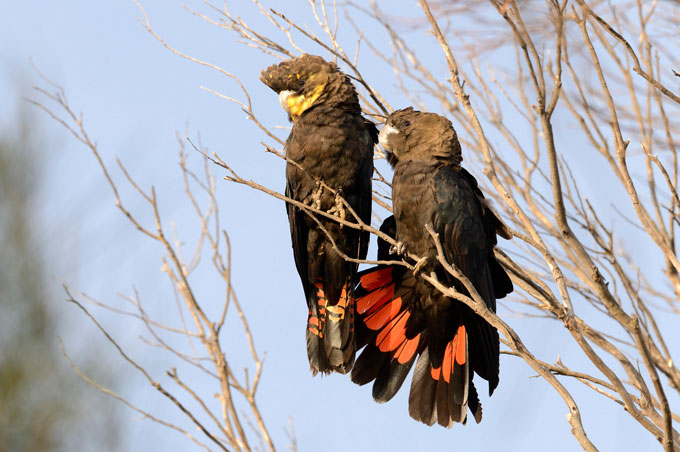
Similar stories are playing out across Australia, where, as of January 12, months of wildfires had burned nearly 11 million hectares — an area larger than the nation of Guatemala. More than 2,200 homes have gone up in flames and 29 people have been killed, and there are still two months of bushfire season left to go. Already, the toll on animals and plants, many of which are evolutionarily unique and endemic to the continent, is mind-boggling.
It’s an ecological disaster unprecedented in the nation’s history. More than 1 billion animals have been killed so far, says Christopher Dickman, an ecologist at the University of Sydney. That estimate has been extrapolated based on previous calculations of the number of Australian animals lost over a given area due to land-clearing practices.
The true number could be much higher, however, as this estimate does not include bats, frogs or invertebrates. “Invertebrates make up more 95 percent of animal species and the vast majority of animal biomass,” says Mike Lee, a biologist at the South Australian Museum in Adelaide. Invertebrate losses alone could therefore number in the trillions. He fears for species including the vulnerable Richmond birdwing butterfly (Ornithoptera richmondia) and numerous peacock spiders, these “jewels of the arachnid world,” whose habitats in eastern Australia have been badly impacted (SN: 5/14/19).
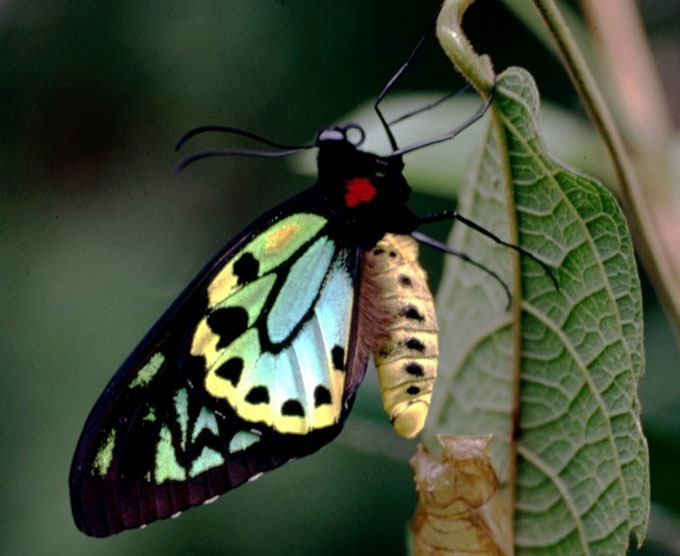
The extreme intensity of the fires and the speed with which they have moved – thrust forward in some instances by winds of up to 60 kilometers per hour — have also added to the death toll. As a result, largely tree-bound species such as koalas and fluffy swooping marsupials called greater gliders have had little chance to escape (SN: 7/2/18). Even many birds, which can fly away, have become disorientated by smoke and strong winds and killed.
Many habitats have been destroyed as well, setting up a crisis that will continue long after the fires die down. Even if animals such as small marsupials survive the fires, they may have no suitable habitat or food remaining — and they also face threats from cats and foxes, introduced predators that return to burnt landscapes and prey on survivors left exposed in habitats devoid of cover.
For endangered species, often adapted to specific ecological niches and hanging on in highly fragmented patches of remnant habitat, the fire devastation threatens to push them to — or past — the edge of extinction. The glossy black cockatoo is just one of 20 to 100 threatened plants or animals that a group of scientists now report have lost most, if not all, of their habitat to the fires. Six of Australia’s leading biologists, including Dickman, published the first written estimate of the scale of the damage on January 8 in The Conversation, a nonprofit online publication that publishes commentary from researchers.
“Some animals may have been lucky enough to find refuge and survive,” says Euan Ritchie, an ecologist at Deakin University in Melbourne. “It might not always be the case that animals have been completely wiped out in these habitats, however given the scale and severity of these fires [in Australia], there’s no question that, even common species and not just threatened species, will have been affected quite dramatically.”
Extreme fire season
Wildfires are a common occurrence in Australia. But 2019 was the hottest and driest year in 120 years of record-taking. As a result, the annual bushfire season — which typically peaks in January and February — started early, and the blazes, fueled by tinder-dry conditions even in places that don’t typically dry right out, have been vast (SN: 1/9/20).
“We haven’t seen a fire season like this ever before,” says Ritchie. “Climate scientists and ecologists predicted these worse fires as a result of climate change and we’re now seeing them happen.”
While some of the continent’s naturally dry regions periodically go up in flames, this season’s fires have also burned in many habitats that never usually burn and have little tolerance to it, such as rainforests, marshes and wet eucalypt forests. Many of Australia’s most threatened species in these habitats have populations numbering fewer than several hundred individuals and very restricted ranges — making the plants and animals highly vulnerable to catastrophe.
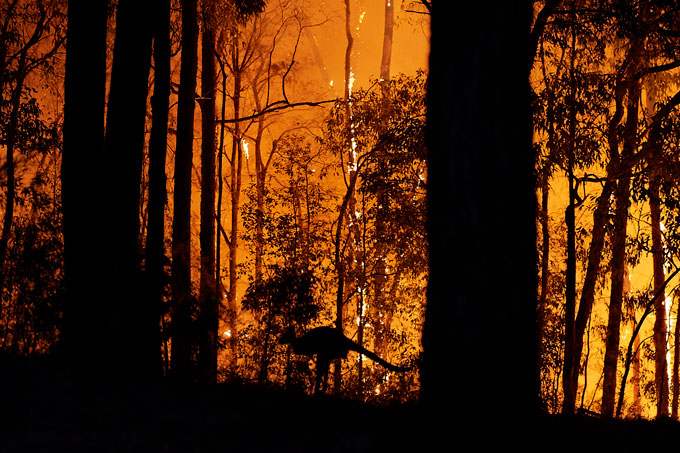
For example, in the typically wet north of the eastern state of New South Wales, Nightcap National Park is home to many relict species of ancient dinosaur-era trees from when Australia was part of the southern supercontinent Gondwana (SN: 1/16/71). Fires that started in September swept the park, and scientists from Sydney’s Royal Botanic Garden now fear for more than 30 rare tree species — such as the critically endangered Nightcap oak (Eidothea hardeniana) and the endangered peach myrtle (Uromyrtus australis) — which all have relatively few, closely clumped individuals.
Similar stories are playing out in many other parts of Australia. In the largely wilderness area of East Gippsland, a temperate region of the state of Victoria, fires at the beginning of January are thought to have destroyed the habitat of the long-footed potoroo (Potorous longipes), an endangered forest-dwelling rat kangaroo that survives on a diet of truffles.
Kangaroo Island woes
Southwest of Adelaide lies Australia’s third largest island. Kangaroo Island’s vast tracts of spectacular wilderness and a series of national parks and protected areas have long been regarded as a wildlife refuge.
The glossy black cockatoo is just one of many species that have been badly hit there, where fires continue to burn. Another is the Kangaroo Island dunnart (Sminthopsis aitkeni). This critically endangered, shrew-sized marsupial was restricted to a protected area on the island’s west that was entirely engulfed by flames.
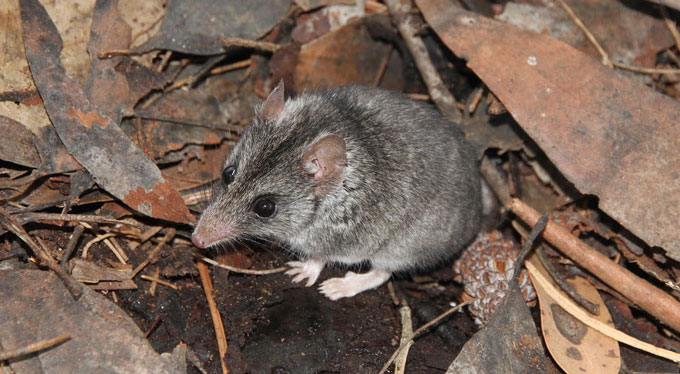
“I can guarantee this population has been very negatively impacted by these fires,” says Pat Hodgens, an ecologist with conservation group Kangaroo Island Land for Wildlife. “Every one of 13 sites we’ve had dunnarts at in the last three years has been totally burnt…. A large proportion of the population are likely to have perished.”
At least one has been spotted on a camera trap in recent days, but for a species that numbered at just 500 individuals before the fires, the outlook is grim.
The southern brown bandicoot (Isoodon obesulus obesulus), the Bassian thrush (Zoothera lunulata halmaturina) and the southern emu-wren (Stipiturus malachurus halmaturinus) — other species with genetically unique populations on Kangaroo Island — are likely to have fared badly too, Hodgens says.
Even many common species are in trouble. Koalas (Phascolarctos cinereus) had already lost 30 percent of their population living in the eastern state of New South Wales — perhaps 8,000 animals — to fires in late 2019. Now there are fears that as many as half of the 50,000 koalas on Kangaroo Island, which were regarded as an important insurance population for conserving the species because they are free of the chlamydia that has ravaged mainland koalas, have also been killed.
Fire has badly scarred Kangaroo Island. A NASA satellite image from December 19, before the fires, shows its lush greenery. By January 7, much of the west end had burned. Much more the island has now been consumed by flames.
NASA Worldview
Ashy aftermath
It may take heavy rains to extinguish Australia’s large and uncontrolled fires, but these downpours are still likely to be several months away. And even that comes with its own problems, as it will wash vast quantities of soot and ash into rivers, lakes and the ocean, potentially causing problems for freshwater and marine ecosystems.
“The addition of ash might lead to a large nutrient input to the water column,” says Shauna Murray, a marine ecologist at the University of Technology Sydney and the Sydney Institute of Marine Science. This could cause algal blooms and mass fish kills in rivers, and may also create problems once it washes into the ocean (SN: 8/28/18). At least Australia’s Great Barrier Reef should be spared, as it lies north of where the majority of fires have burned so far (SN: 10/18/16).
Across Australia, it will be some time until the full extent of the damage is known, as it’s not yet safe for researchers to return to fire-prone regions to assess the damage. But Australia already has the unenviable record of being home to the first species lost to human-caused climate change — the Bramble Cay melomys (Melomys rubicola), a rodent washed away by a storm surge on a Great Barrier Reef island in 2016. Now ecologists fear many other species could be added to that tally.
At risk
Meet five highly endangered animals and plants that researchers worry could face extinction in the wake of the Australia fires.
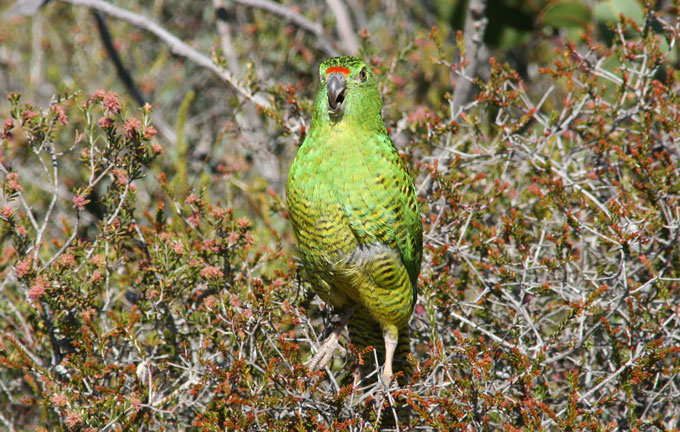
Western ground parrot (Pezoporus flaviventris) — a critically endangered species thought to have numbered just 150 individuals in the wild. Fires in December at its final stronghold, in Cape Arid National Park in Western Australia, may have burned through much of its habitat, but researchers have not yet been able to return to the site to confirm.
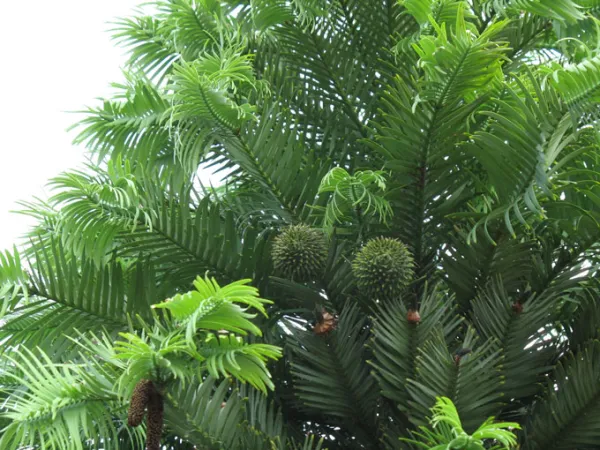
Wollemi pine (Wollemia nobilis) — a critically endangered “living fossil.” The dinosaur-era araucaria pine was known only from fossils until the 1990s, when a few tiny stands of it where discovered in the Blue Mountains west of Sydney. In December, fires ripped through the secret canyons where it was found, raising the prospect the species could become extinct in the wild.
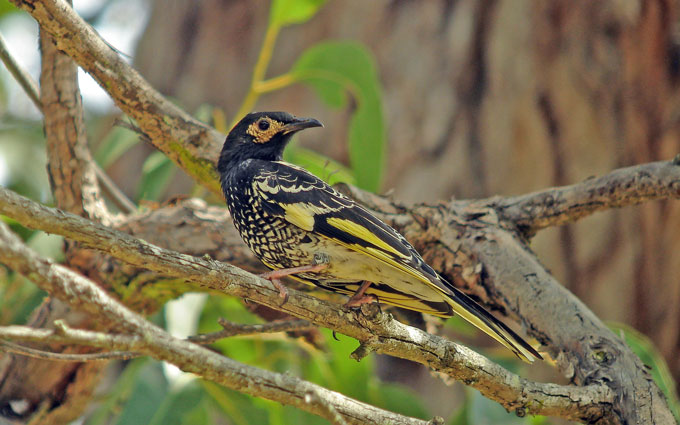
Regent honeyeater (Anthochaera phrygia) — a black-and-yellow, nectar-feeding bird, which numbered less than 400 individuals, that also had its stronghold in the Greater Blue Mountains. More than 80 percent of that region has burned, destroying the rare trees that the critically endangered bird feeds on, as well as nesting and monitoring stations created to conserve it.
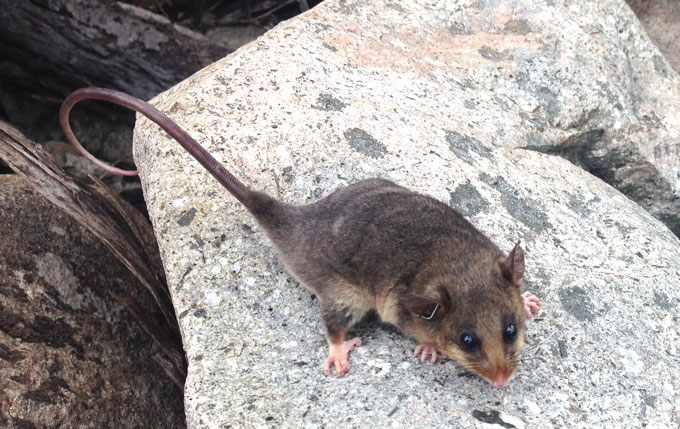
Mountain pygmy possum (Burramys parvus) — a tiny marsupial thought to be extinct until it was rediscovered at a ski lodge at Mount Hotham in Victoria in 1966. With just a few thousand individuals in three small locations, this critically endangered species is now imperiled by fires spreading across the alpine regions of New South Wales and Victoria.
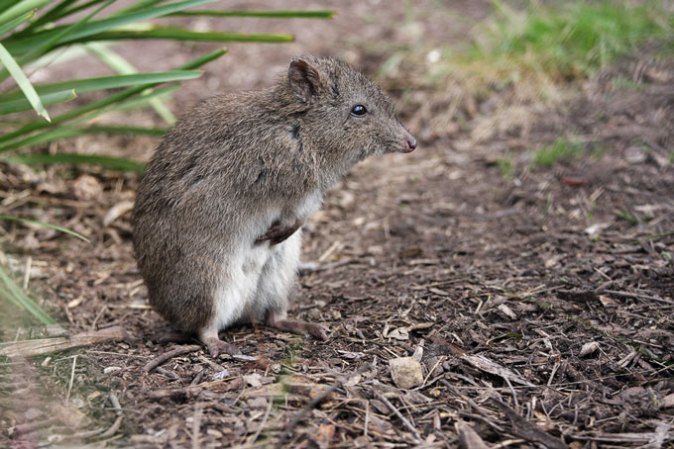
Northern long-nosed potoroo (Potorous tridactylus) — a truffle-eating relative of the kangaroo that had its largest population in the Ngunya Jargoon Indigenous Protected Area in northern New South Wales. This marsupial’s forest habitat there was entirely razed by a fire that swept the reserve in October.






